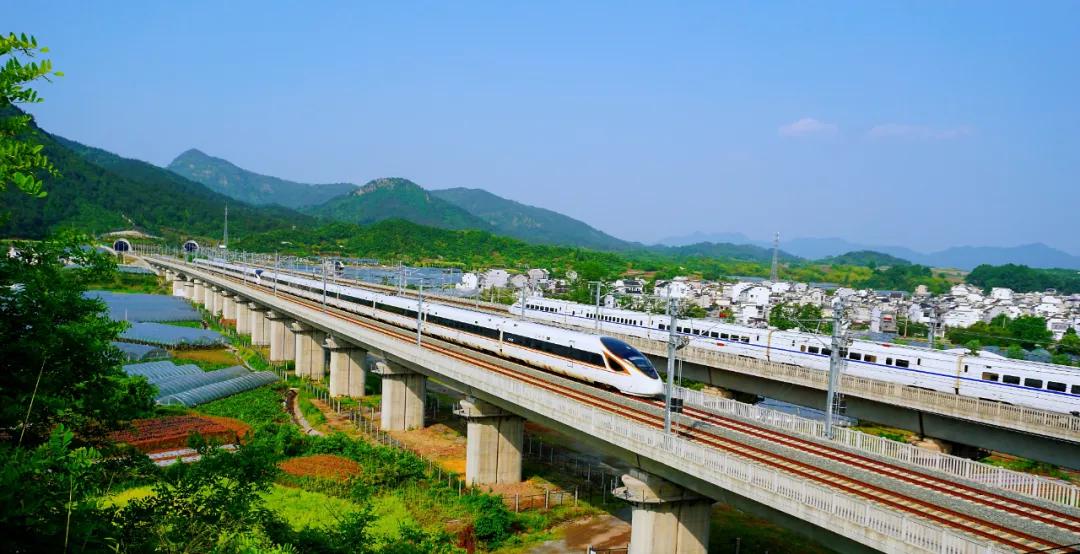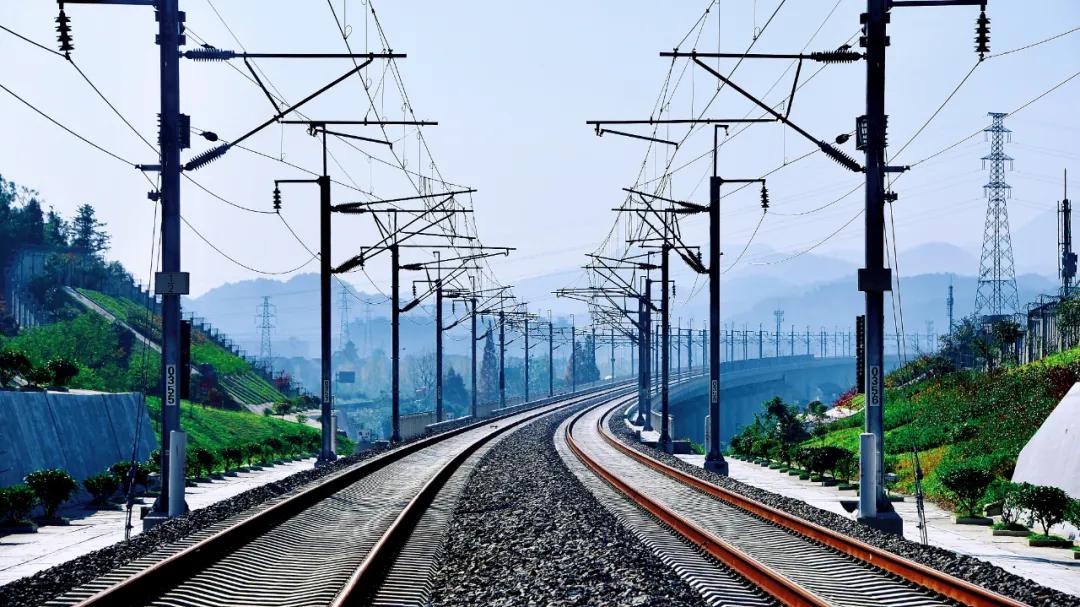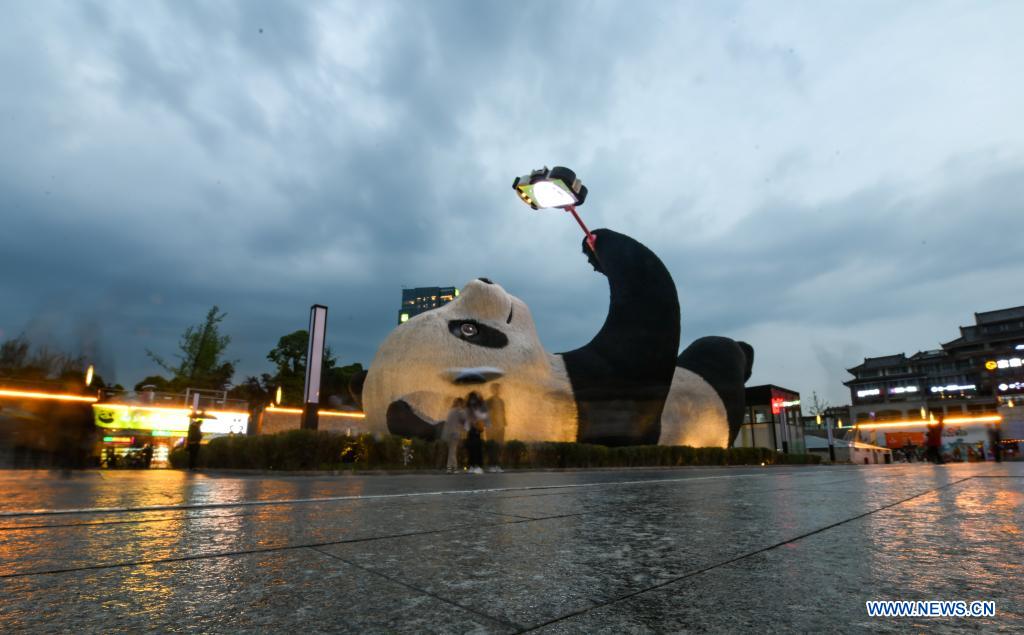Why is there no motion sickness on China’s high-speed trains?
Some people might experience car sickness while driving 80 km per hour or above, and yet they will not have the slightest feeling of motion sickness when riding on a high-speed train in China traveling at more than 300 km/h.

(Photo/Lu Yingguo)
A major reason for this is the use of seamless steel rails, which is a prerequisite for the smooth operation of the trains. In order to build a seamless high-speed railway, a large number of 500-meter-long rail tracks are welded together, without leaving a single gap, which guarantees the smooth operation of trains along the track.

(Photo/Luo Chunxiao)
The train engineers’ proficient driving skills also ensure that there is no chance for motion sickness while riding in the train car. In order to ensure the selection of top high-speed train engineers, the Chinese railway authorities have implemented rigorous recruitment procedures to test operators’ theoretical knowledge and driving practices.
The smoothness of driving while operating the train can be tested by seeing whether small wooden sticks of different sizes placed on a table onboard the train fall off or not, and by counting how many of these sticks remain on the table.

Apart from the smoothness of the ride itself, a laminated form of glass used in the train windows made by bonding two layers of tempered glass with a polyvinyl butyral (PVB) film can help avoid any optical distortions. So passengers who look out the train windows can find that the scenery outside still remains clear without causing any sense of motion sickness when traveling at such a high speed.

(Photo/Liu Shenku)
When passing through the laminated glass of the train windows, light is refracted, which effectively eliminates dizziness, while ensuring that travelers can enjoy the scenery outside with exceptional clarity.
Photos
Related Stories
- Hohhot high-speed trains update female attendant’s uniforms with Mongolian elements
- High-speed trains for inter-city transportation put into operation in Hunan
- New coatings for Haikou high-speed commuter trains unveiled
- China's first smart high-speed railway to start operating this year: report
- How are the boxed meals on China’s high-speed trains produced?
- China develops conceptual model of double-decker high-speed train
- New Fuxing high-speed train to be put into use before Spring Festival travel rush
- Tencent, Geely team up with China Railway to provide train wifi
- China-developed technologies, secret to outstanding performance of Fuxing trains
- Woman investigated after obstructing high-speed train in E China
Copyright © 2021 People's Daily Online. All Rights Reserved.










